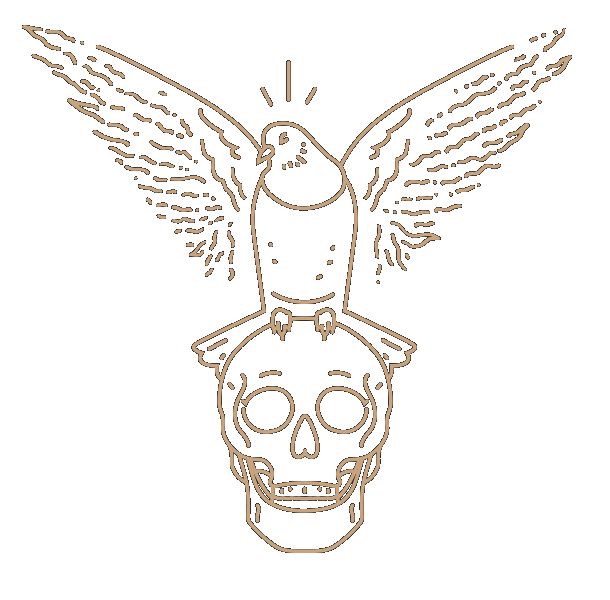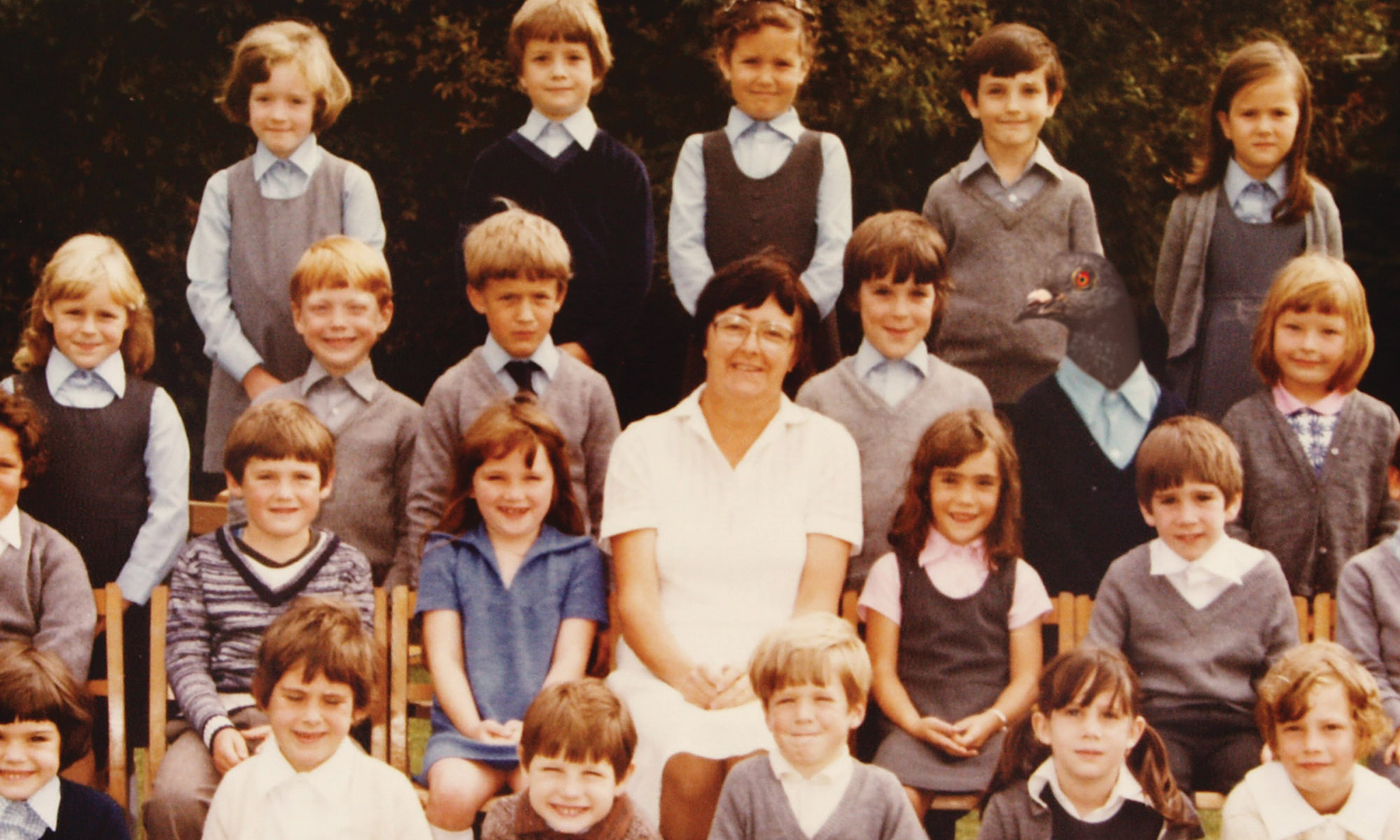It’s the beginning of the school year again.
We know this, but not because of the flashing lights in school zones that cause us to slam on our brakes and spill our 32oz coffee on our shirts every morning, nor the fact we must put on pants and stuff a herd of children in to our DeLorean before the sun comes up. We know this because our inbox blows up with inquiries and interview requests from hopeful future designers and developers. Somehow, the word has gotten out that we have advice beyond how to make a mean Whiskey sour. Although we have received varying combinations of the questions below, there is a trend in the overall objective: What will I need to get hired?
So what is the secret success sauce you ask? Well, we have no f*$%ing clue. But here is what we tell students, anyway.
What do you look for in a portfolio?
Because art is a vastly differing medium, there isn’t always one style/design look we like to see. What is important to represent, however, is proficiency in standard design skills. Things like hierarchy, composition, typography choices/pairings and ability to extend a brand (ie, execute beyond one logo/poster/package) showcase that there is a solid understanding of design principles. This is really important. This is the part that will get you through the door and get an agency to take a deeper look in to your portfolio.
If a portfolio has all of these things, the second thing we look for is creativity and varied design thinking. Because we are and agency, and work on a wide variety of styles/brands it’s important for a designer (or intern) we choose to be able to showcase that they are flexible. We can be working on a geometric, swiss architecture firm website one minute, and a funky food-product packaging the next. Being able to bring great design and creative thinking to any of those is a must!
How should I present my portfolio?
With the prominence of the internet, a beautiful website is a must. It is so easy to find a nice WordPress template that you can customize with your own personal brand identity, that anything less won’t get a second look. The presentation and photography/rendering of portfolio pieces should be clean and as great looking as the piece as well. An impressive physical mailer is always a good idea to supplement your letterhead/cover letter. A nice business system with a portfolio sample will get your website a look.
Being able to bring great design and creative thinking to any of those is a must.
What are strengths you look for beyond design skills?
A hard work ethic and willingness to learn are both great traits we look for. Also the ability to take and implement a critique successfully is very important as a designer.
What types of experiences beyond the required responsibilities do you think would be an advantage for this position?
Any periphery jobs/skills to design are a plus. For example: having past work at a print shop, book bindery, screen printing shop are all good places to have a working knowledge of the types of businesses you will have to communicate with as a designer. Having a working knowledge of challenges/preferences of those industries will help showcase that you wont have to be taught by another designer.
Also, showcasing team projects is good to illustrate you can work well with other creatives, but make sure you can articulate specifically what part in the process you contributed, this is important.
What do you need to know before you get hired?
Similar to question #1, those principles apply here. Having a working knowledge of composition/typography is required, as well as being very familiar with the Adobe suite.That’s about it. if you have outstanding design work, style and taste level, things like package design, ui, environmental and book design can be learned as you go!
Eat nachos. Drink wine, repeat.
What programs do I need to know?
A through working knowledge of Adobe suite, Photoshop, Illustrator, In-design, Acrobat for general design. (Lightroom, Muse, Premier and After effects are bonus, but not required). Also, strive to be really good at finding information/photos on the internet. Being able to articulate exactly what you need to google will help in time wasted searching for research and assets.
Anything else can be learned.
What is the professional progression at Urban?
We run a very lean shop, therefore ‘advancement’ here is different from most agencies. We have very high expectations, and give every person on the team a lot of ownership and responsibility. Accountability is VERY high here. So moving through the rungs of “intern” to “jr. designer” to “designer” etc, doesn’t really exist. We are all creatives that work our hardest to learn and improve ourselves and our process daily. Our titles don’t matter, our skill level does. How do you spend your extra time? Outside of consuming massive amounts of nachos and three-buck-chuck, it’s honing design skills or expanding our skill set. There is always an area where everyone can focus on to get even better than they already are, no matter how senior you are. Marketing, UI, illustration, copywriting, business, photography, and printing are all things that have their own job title, but having a working knowledge of these things can put you ahead of the competition (if looking for a job) or benefitting your client.
Finding mentors and internships as soon as possible will only benefit you in the long run in both knowledge and real life experience.
Is there a benefit to joining professional associations?
Professional associations, both local and national, are great ways to network, meet other creatives and find mentors. Discovering inspiration and seeing others who have creative drive can help break any designer out of a slump (if you are in one) or just to see what others are doing and get a peek in to your future. School is hard, and often frustrating. Keeping the enthusiasm going will seep in to your work and interviews.
What is your biggest piece of advice?
It’s never too early to start making connections with both mentors and potential internships. The sooner you start boosting your skill set with real-life experience, the quicker you will ascend above your peers. Finding mentors and internships as soon as possible will only benefit you in the long run in both knowledge and real life experience.

